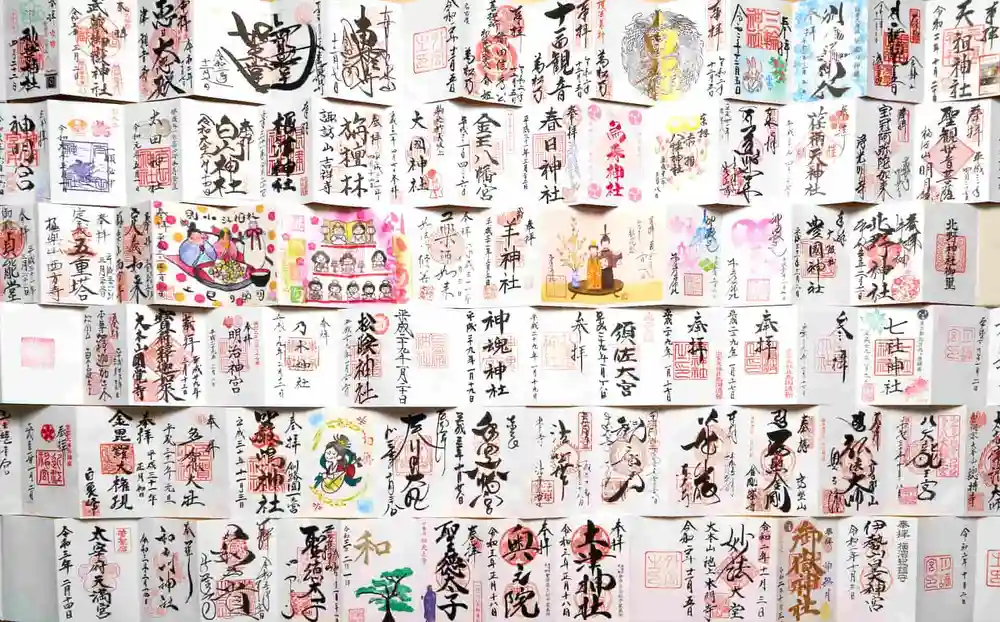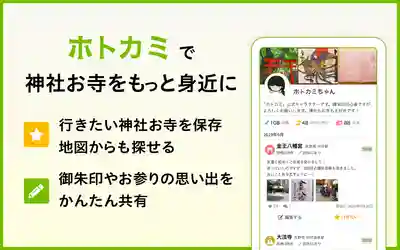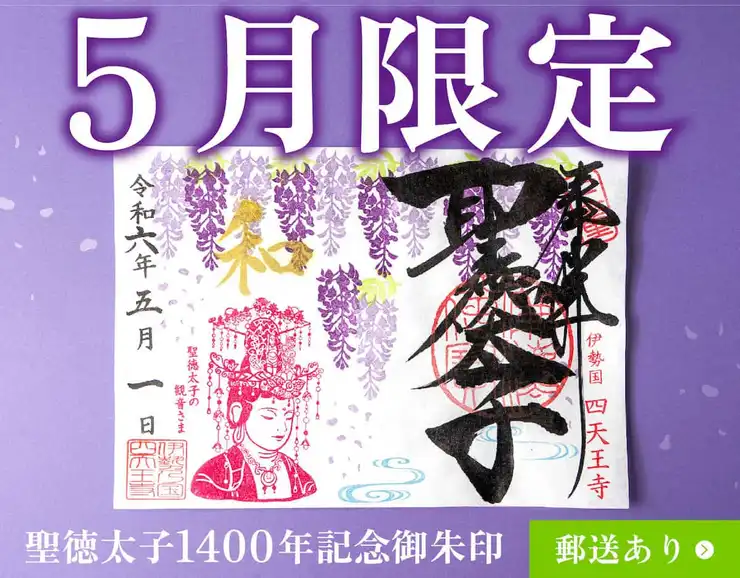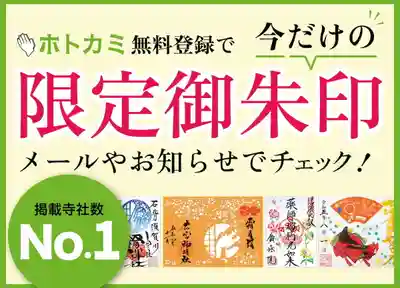せんがくじ|曹洞宗|萬松山
泉岳寺のお参りの記録一覧(6ページ目)

赤穂浪士のお墓で有名な泉岳寺です。
そろそろ忠臣蔵の大河ドラマ来るのでは?て思って参拝したんですけど予想外れました😂
境内には大石内蔵助の像を始め、
吉良上野介の首を洗ったところとか
浅野内匠頭が切腹した時に血が飛んだ梅とかがあって(生々しさが凄い)、
赤穂事件の人達がいたところと同じ場所に立ってるのか…て思うと不思議な気持ちになります。
12月になると特番組まれること多いですよね。最近は吉良寄りのものが多いので嬉しいです😊どちら派とかはないんですけど、二つの視点から見ると考え方が変わってくるのでまた調べるきっかけになります💡
赤穂浪士館も併設されてるんですけど、貴重な資料がたくさんありました。実際に身に付けてた品だったり、手紙とかも✉️
向かいの人形館は、人形47体と私だけの空間で怖かったけど😂
こちらも是非立ち寄ってみてほしいです!

大石内蔵助

松の木凄いと思って撮りました


前まで使ってた鐘ウィーンにあるらしいです。なんでウィーン…



泉岳寺に所用あり、その帰りに参拝して来ました。
父の誕生日が12/14で、父はその日に必ず忠臣蔵を見るのですが、私はあまり知識がなく…隣接の記念館なども拝見して、父が忠臣蔵を好んだ理由が分かったように思いました。趣のある山門や本殿、境内の雰囲気がとても静かで、たえず漂うお線香の香りが心地良かったです。
御朱印をいただく際は必ず写経を…とのことで、人生初の写経となり、良い記念になりました。

山門の造りが見事でした

境内の全体図。

大石蔵之助立像。
江戸のある東の空を見つめているそう。

本殿。向かって右に寺務所があります。

海外の観光客も訪れてました。

水琴窟。水音がとても綺麗でした。

赤穂の義士たちのお墓は、本殿から向かって左に入った先に。

1702年、吉良邸の討ち入りをなした赤穂浪士。14日は「義士祭」が行われていたということで、少し「寄り道」しました。
昨年は、雨が降って肌寒い中、四十七士のお参りをしました。
今年は、冬に相応しい鮮やかな青空で、お参りに約2時間かかるとのことで、遥拝という形でお参りでした。
それでも年末の風物詩として、赤穂浪士は健在です

駅貼りのポスターです。

最寄り駅である「泉岳寺駅」には赤穂浪士四十七士が掲げられていました。

駅からすぐ。昨年と違い穏やかな冬空のもと、多くの参詣者が訪れていました。

大石内蔵助の像です。


山門です。


初冬のモミジが彩りを添えています。




本堂です。
この左手が四十七士の墓所があり、関係者の参拝後に一般参拝者がお参りです。
参列は、本堂前まで伸びていて約2時間かかるとのことで、今回は直接のお参りは断念して遥拝に変えてお参りでした。

地下鉄浅草線「泉岳寺駅」下車徒歩2分。
曹洞宗寺院。ご本尊は釈迦如来です。
歳末の風物詩にもなっている赤穂浪士四十七士による吉良邸への討ち入り。元禄15年の旧暦12月14日のことでした。
地元兵庫県の赤穂市や京都市山科などのゆかりの地でも行われておりますが、赤穂浪士四十七士と浅野内匠頭、その妻のお墓がある泉岳寺では、毎年この日に「泉岳寺義士祭」でたくさんの墓参で賑わってしました。

12月14日の「義士祭」の駅貼りポスター。これが掲示されるといよいよ年末だなと実感します、





境内には出店もあり賑わっています。



本堂です。



首洗いの井戸。

赤穂浪士四十七士が眠る墓所の入口。約1時間近くかかりました。

あたりはお線香の煙で、墓参する参拝者が多くいらっしゃいました。

浅野内匠頭のお墓です。


大石内蔵助のお墓です。

大石主税のお墓です。


通常は17時で閉門になりますが、この日だけは特別。まだまだ墓参で賑わっていました。

四十七士の御朱印帳です。

通常のご本尊の御朱印「釈迦如来」です。

恐らく初めてではないかと思います。
赤穂浪士四十七士の墓所の御朱印です。
大石内蔵助の念次仏である「摩利支尊天」の御朱印です。

📿our video
https://youtu.be/9TIeWIkhnos?si=sLZVpxWNpYtzH40I
Sengaku-ji was founded as a small chapel by Tokugawa Ieyasu in 1612 and was initially located in Sotosakura, near modern Kasumigaseki. After it was destroyed in the Kan'ei Fire of 1641, Shōgun Tokugawa Iemitsu ordered the five daimyō clans of Mori, Asano, Kutsuki, Niwa and Mizutani to rebuild the temple at its present location in Takanawa, but on a much larger scale.
As this temple became the Edo bodaiji for the Asano clan, after the seppuku Asano Takumi-no-Kami Naganori for having broken protocol and drawing a sword in the Edo Castle, his funeral and tomb were located here. In 1702, the forty-seven Rōnin led by Ōishi Kuranosuke avenged his death and assassinated Kira Kōzuke-no-suke Yoshinaka. After parading Kira's severed head through Edo, they washed it at a well at the temple and presented it on the altar in front of Asano's tomb. They then surrendered to the authorities and were subsequently ordered by the Shōgun to commit seppuku. Their tombs were built at Sengaku-ji next to that of their master. This story became famous through the Kabuki epic Chūshingura and their graves became a popular site of pilgrimage. The graves of Asano Naganori and of the "47 Rōnin" were designated a National Historic Site in 1922[1] Each year on December 14, the temple holds a festival commemorating the 47 Rōnin. The temple maintains a museum displaying the personal belongings of the 47 Rōnin and displays on the events of the Akō incident.
The temple also has the graves of Asano Naganori's widow, Yozen-in (1674-1714) and his younger Asano Nagahiro (1670-1734) who was allowed by the Shogunate to re-establish the Asano clan as a hatamoto. With regards to the graves of the "47 Rōnin", there are actually 48 graves, as the grave of Kayano Shigezane (also known as "Sanpei") is included in their number. Kayano was one of the Asano ronin, but committed suicide before the vendetta took place.





東京都のおすすめ🎏
最新の限定御朱印情報が届く!
御朱印メルマガを受け取ろう
利用開始をもって利用規約・プライバシーポリシーに
同意したものとみなします。

ホトカミで困ったこと、不具合のご報告はこちらから
お問い合わせ














































0
0